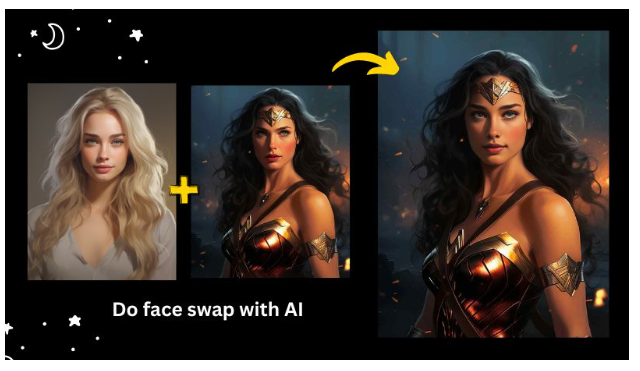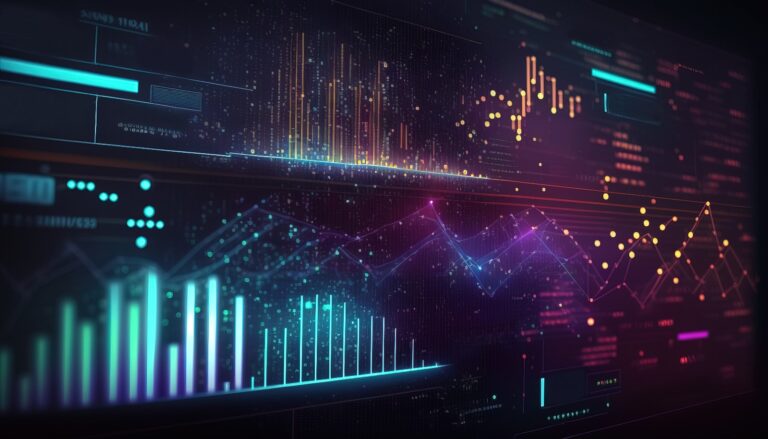How to Choose the Perfect Vinyl Record for Your Collection
Over the years, vinyl records have been making a steady and remarkable comeback, with music lovers collecting them regardless of age. In case you’re still coming to terms with this new trend, we sympathize, but it’s rather hard to understand which vinyl record to choose when building your own collection. Don’t worry! This guide will help you make the most appropriate choice. Here is all you need to know how to choose a vinyl record.
Introduction
Enhancing a collection with a vinyl record is not as simple as picking any old record you find on the shelf. There are factors that you need to consider so that you make a viable addition to your collection. This guide will discuss such fundamental principles and techniques needed for making the right choice of the new vinyl, depending on your interests and wishes to make the listening experience even more enjoyable.
Understand Your Music Preferences
The first step in selecting the right vinyl record for you is to understand the type of music you like. Are you a fan of rock, jazz, classical music, or prefer pop? Figuring out your musical tastes will be especially helpful when selecting records you will want to hear over and over again.
- Expand Your Horizons: Explore various more than a single genre. Different genres of vinyl records will provide different experiences.
- Seek for Mainstream Albums: There are numerous thoughtful albums released on vinyl. Those records may be a great beginning.
- Ask for suggestions: Tell your friends or go online and search for music albums on vinyl that you love.
Know the Difference Between New and Used Vinyl Records
Buying a vinyl record is simple, as you can buy either a new or used vinyl record. The following distinctions arise:
- New Vinyl Records: This category includes properly made records, and therefore whoever gets them as new has never got any hope of the providing… They have high fidelity and are generally in mint condition; however, they could cost more.
- Used Vinyl Records: These have been used before, and there are chances of them being worn out. These are cheaper; however, some records might be scratched and affect sound quality.
Tip: If you’re a beginner vinyl collector, it’s advisable to buy new records first so that you won’t have any problems with the sound.
Check the record’s condition.
If you decide to go for a used vinyl record, always inspect its condition before buying. Here’s what to look for:
- Surface scratches: Light scratches are usual in used records, but serious scratches can destroy the records.
- Warping: Pick the vinyl record and place it horizontally on the surface to check if there is any bending. Љenta records will not play properly.
- Cleanliness: A dusty record may contain debris stuck deep within the ridges created by the wax surface. It is possible to wash it, but as much as possible, avoid washing records that are heavily dirty.
Understand the Different Vinyl Pressings
Vinyl records can come in many different pressings and offer a listening experience that is different in each case. Here’s what the most used ones look like:
Original Pressing: It is the very first edition of the vinyl record pressed when the album is first released by the artist. Often, they have a more solid sound and are more expensive.
Reissue Pressing: Except these records are not new albums, but old ones reissued for sale. A definite must for every serious collector of music, without having to break the bank on purchasing out-of-print classics.
Remastered Pressing: Such records possess a higher audiophile quality than their standard counterparts because the medium was remade from the master rather than further towards it.
Tip: Whereas original pressings might have more allure, remastered versions usually have the best sound reproduction.
Consider the album artwork and packaging.
Vinyl records have the added bonus of large and appealing album covers. These surprising touches can sometimes be what makes you want to buy a certain vinyl record for your collection. Here’s what to stay within:
- Condition of the Artwork: It is also good to look for records that have exciting artwork or records that are in good condition.
- Additional Materials: See if the record comes with additional items such as lyric booklets, additional pages, gallery art, etc.
- Outer Cover: It is important to make sure that the case is kept intact, as this protects the vinyl from damage.
Look at the record label.
The record label is indicating the level of quality and genuineness of the vinyl record in question. It is even the case that such prominent record companies as Columbia, RCA, and Warner Bros. are engaged in the actual production of vinyl records of excellent quality. It is also true that independent labels might have a good stock of records that are not very famous but quite peculiar.
- Major Labels: Famous with their classic and hit records.
- Independent Labels: Best for rare indexed or obscure music.
Understand Vinyl Record Sizes and Speeds
Vinyl records come in various sizes and speeds, which directly influence their sound and the duration of a particular disk. Here’s a convenient guide:
12-inch Records (33 1/3 RPM): These records are the most well known and therefore the best ones on the market. These are usually LPs.
7-inch Records (45 RPM): These small records usually have one side with a song and the other with a song or two, quite suitable for singles.
10-inch records (78 RPM): These are not very common and are mostly present in the old collections.
Tip: Ensure that the turntable you select is able to play the speed of the vinyl record you choose.
Explore Different Music Eras
With the help of collected vinyl records, one can listen to music of various periods, starting with rock of the 60s and finishing with pop of the 80s. Building up such an assorted collection can be thrilling and provides an opportunity to find unfamiliar music.
- Older Music: Search for those-time records that have been made popular.
- Recent Music Other Formats: More than a few present-day artists are putting out records on vinyl, hence giving you the advantages of the best of both worlds.
Visit local record stores and online shops.
It can be an enjoyable hunt to try to find a specific vinyl record. Check out local record shops! You can even search the internet and find some rare records and reviews.
- Record Stores: They give an opportunity to physically experience the record and check its condition.
- Online shops: They have a great number of records, and one doesn’t have to leave the house to be able to buy records.
Check the price and value.
There are different prices for vinyl records depending on genre or condition. Make sure to always allocate a certain amount of money before buying a record and find out how much a record costs on average.
- Cheap Prices Mercies: Many great records are to be found for less than 20 dollars.
- Expensive Items: Relying on initial pressings or printing, even more. Prices fluctuate.
Conclusion
Acquiring a vinyl record for your collection is an interesting process since it requires knowledge about your music taste, as well as examination of the record’s present state and search through various genres, labels, and time periods. Whether you are acquiring through the secondary markets or purchasing new, spend your time on the quest, ensuring that you pick a vinyl record that enhances your collection. I am grateful for this guide, for it puts me on the right track towards building a vinyl collection I will appreciate in the years to come.





